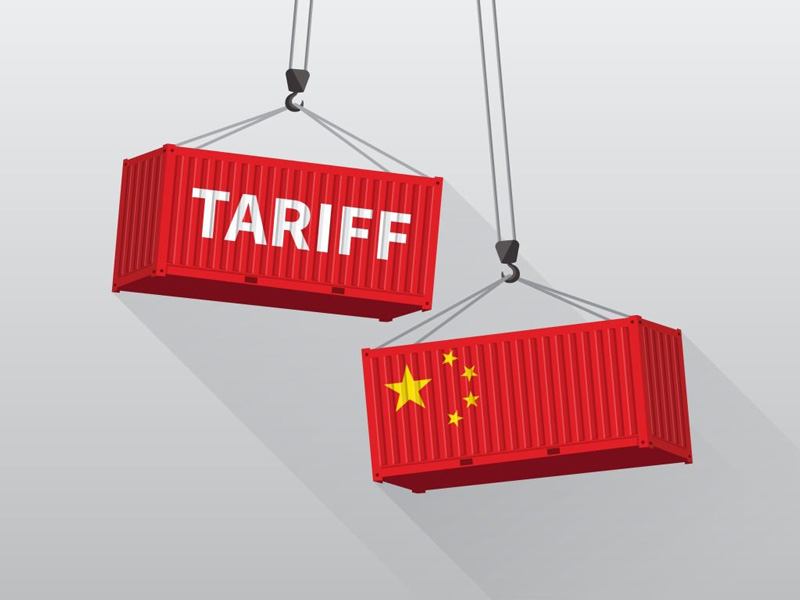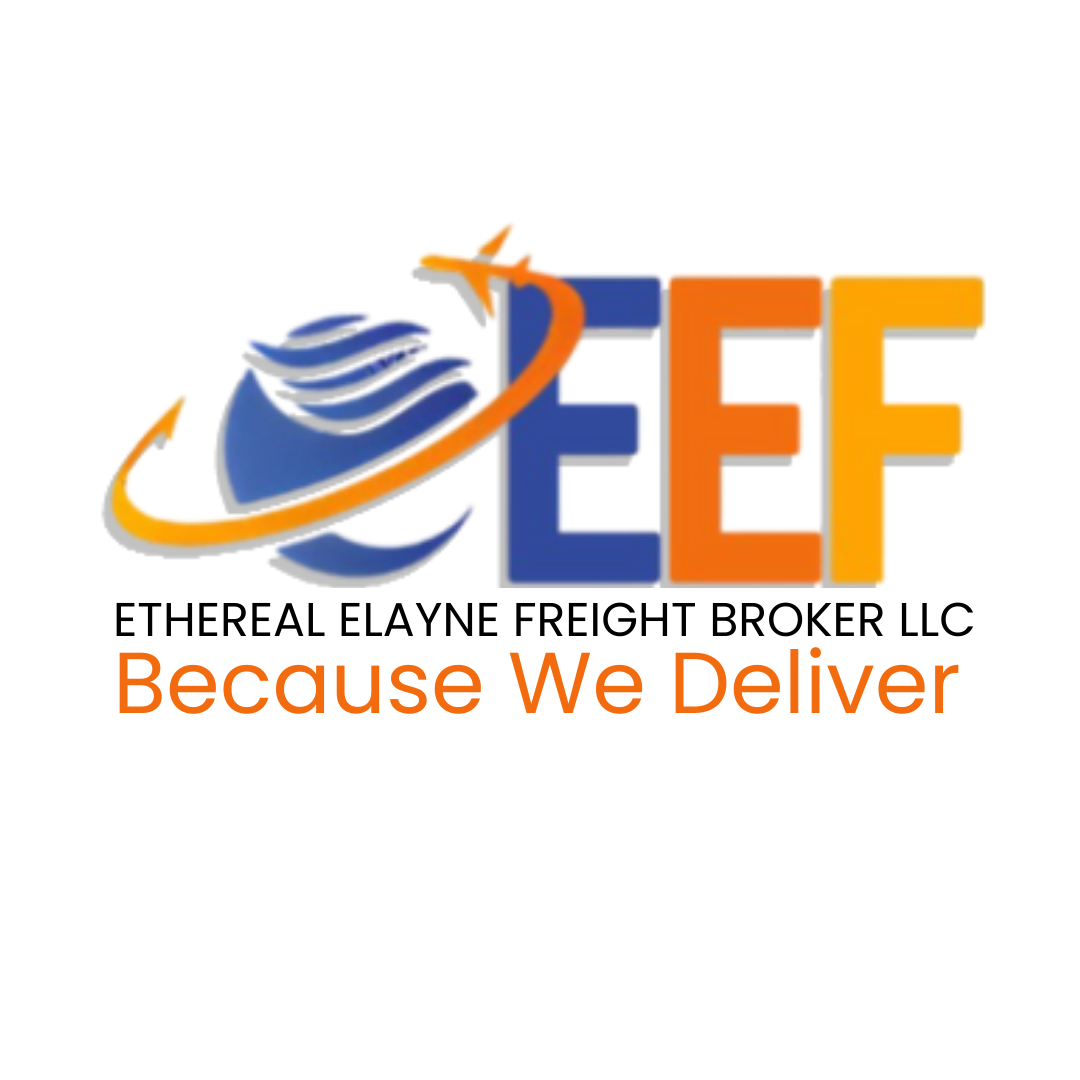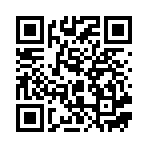Importing goods from China can be a good way to make money, but you need to know how import duty works in China. Ethereal Elayne has assisted numerous firms in navigating the challenging world of importing from China as a freight forwarder and logistics provider. In this article, we will talk about everything you need to know about import duty in China, including the different kinds of import duty, how it is calculated, and what role China Customs plays in collecting it.
Types of Import Duty in China
In China, there are three kinds of import duties:
- customs duty
- value-added tax (VAT)
- consumption tax
The most common type of duty is customs duty, which is based on the customs value of goods that are brought into the country. VAT is charged on the total of the customs value, customs duty, and excise duty (if applicable). Some things, like tobacco, alcohol, and luxury goods, have to pay a consumption tax.
Discover More: Mastering the Art of Negotiating with Chinese Businesses
How Import Duty is Calculated in China
In China, import duty is based on the customs value of the goods being brought in. The customs value is the price paid or owed for the goods when they are sold to be sent to China, with costs like packing and shipping taken into account.
The Role of China Customs in Import Duty Collection
The import tax is collected by China Customs on behalf of the government. They are also in charge of making sure import rules are followed and that all goods coming into China follow Chinese laws and rules.
Factors Affecting Import Duty in China
Several things can change how much import duty you have to pay when you bring goods from China into your country. In this part, we’ll talk about some of the most important things to think about.
Product Classification and Tariff Rates
The HS code, which stands for “Harmonized System code,” is a standard set of names and numbers that are used to group goods that are traded. The HS code is used to figure out the tariff rate that will be put on the goods that are brought into the country. It’s important to use the right HS code so that import duty isn’t paid too much or too little.
Value-added Tax (VAT) and Consumption Tax
In addition to customs duty, goods that are brought into the country may also have to pay VAT and a consumption tax. These taxes have different rates depending on what kind of goods are being brought in.
Free Trade Agreements (FTAs) and Special Economic Zones (SEZs)
China has signed a number of free trade agreements with other countries. These agreements can lower or get rid of import taxes on some goods. Special Economic Zones (SEZs) are also places in China where import duty and other taxes may be lowered or eliminated.
Discover More: The Top Products to Import from China for Maximum Profit
Strategies for Reducing Import Duty in China
When a business imports goods from China, import duty can be a big cost. In this section, we’ll talk about some ways to cut down on import duty.
Proper Classification of Products
As was already said, using the right HS code to classify your goods can help make sure you don’t pay too much or too little import duty.As was already said, using the right HS code to classify your goods can help make sure you don’t pay too much or too little import duty.
Using FTAs and SEZs to Your Advantage
By using free trade agreements and special economic zones, import taxes on some goods can be lowered or even eliminated.
Negotiating with Suppliers to Share the Cost
If you’re importing goods from China on a regular basis, it may be worth negotiating with your suppliers to share the cost of import duty.
How to Pay Import Duty and Taxes
After figuring out how much import duty and taxes you owe, you will have to pay China Customs. Import duty and taxes can be paid in a number of ways, such as through online banking or at a certain bank.
Types of Import Fees

When you import goods from China, you may have to pay more than just the import duty and taxes. Some of these fees are for shipping, others are for insurance, and still others are for handling.
China Customs Duty Rates
The rates for China’s customs duties depend on the type of duty and the goods being brought in. We’ll talk about some of the most common types of duty rates in this section.
- General Duty Rates:Most goods that are brought into the country have general duty rates that are based on their customs value.
- Most Favoured Nation (MFN) Duty Rates: MFN duty rates are the lowest duty rates that apply to imports from most countries.
- Conventional Duty Rates: Conventional duty rates apply to imports from countries with which China has a special agreement.
- Special Preferential Duty Rates: Special preferential duty rates apply to imports from countries with which China has signed a free trade agreement.
- Tariff Rate Quota (TRQ) Duty Rates: TRQ duty rates apply to specific quantities of goods and are lower than the general duty rates.
- Temporary Duty Rates: Temporary duty rates may be applied to certain goods on a temporary basis, such as during a natural disaster or other emergency.
How Much is Import Duty in China?
When you bring goods from China into your country, the amount of import duty you have to pay depends on a number of things, such as the customs value of the goods, the type of goods being brought in, and the duty rates. To figure out the exact amount of import duty, you should talk to a professional who can help you understand how import duty works in China.
Discover More: Sourcing from China: A Comprehensive Guide for Importers
Do You Pay Import Duty on Goods from China?
Yes, import duty will be put on goods from China unless they are exempt because of a free trade agreement or another special arrangement.
Conclusion
Importing goods from China can be a profitable business, but you need to know how import duty and other fees work. You can help bring down the cost of import duty by putting your products in the right category, taking advantage of free trade agreements and special economic zones, and negotiating with your suppliers. At Ethereal Elayne, we know how to help you navigate the complicated process of importing from China and make sure your goods get to you quickly and efficiently by air freight, sea freight, or shipping containers.







